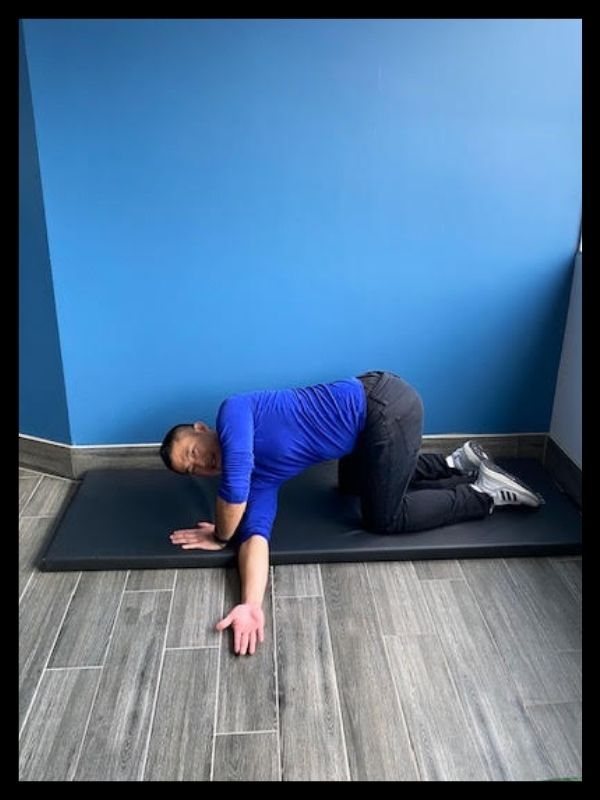Firstly, what is the Thoracic Spine? It is the part of the spine that starts at the base of your neck, extending to the bottom of the ribs. The thoracic spine plays a large role in movements such as flexion, extension, rotation, and side bending of the trunk. These are all important movements found in GOLF.
The golf swing is very known to be a complicated movement. It requires a person to move through three planes to accomplish the final stroke. To do this, many things must work efficiently, such as good hip and thoracic mobility. Without this, faulty movement patterns occur, resulting in injury. For example, stiffness in the thoracic spine often causes injuries to the hips and lower back.
So, if you are stiff, please do not wait! If you’re suffering from pain, see our services page to learn more about how Restorative Touch Physiotherapy Hamilton can help you.
Some Facts
- 55 million people play golf each year (M.R.Farrally, A.J.Cochran, D.J. Crews, et al, Golf science research at the beginning of the twenty-first century, 2003)
- Lower back, wrist, and elbow are common injuries for both male professional and amateur golfers with the lower back being the most frequent (M.H.Cole, P.N Grimshaw, The biomechanics of the modern golf swing: implications for lower back injuries, 2016)
Exercises to increase thoracic mobility:
Here are some exercises that Jason is demonstrating that will increase thoracic mobility to help maintain movement during the off-season. Have fun with these exercises!
If you want to learn more about how to ensure you are not one of those golfers who are at risk of injury due to inefficient movement patterns, give us a call. Jason Yin, our Physiotherapist, has obtained specialized training to help golfers with their game.
Also, be sure to check out our article on building core strength.








